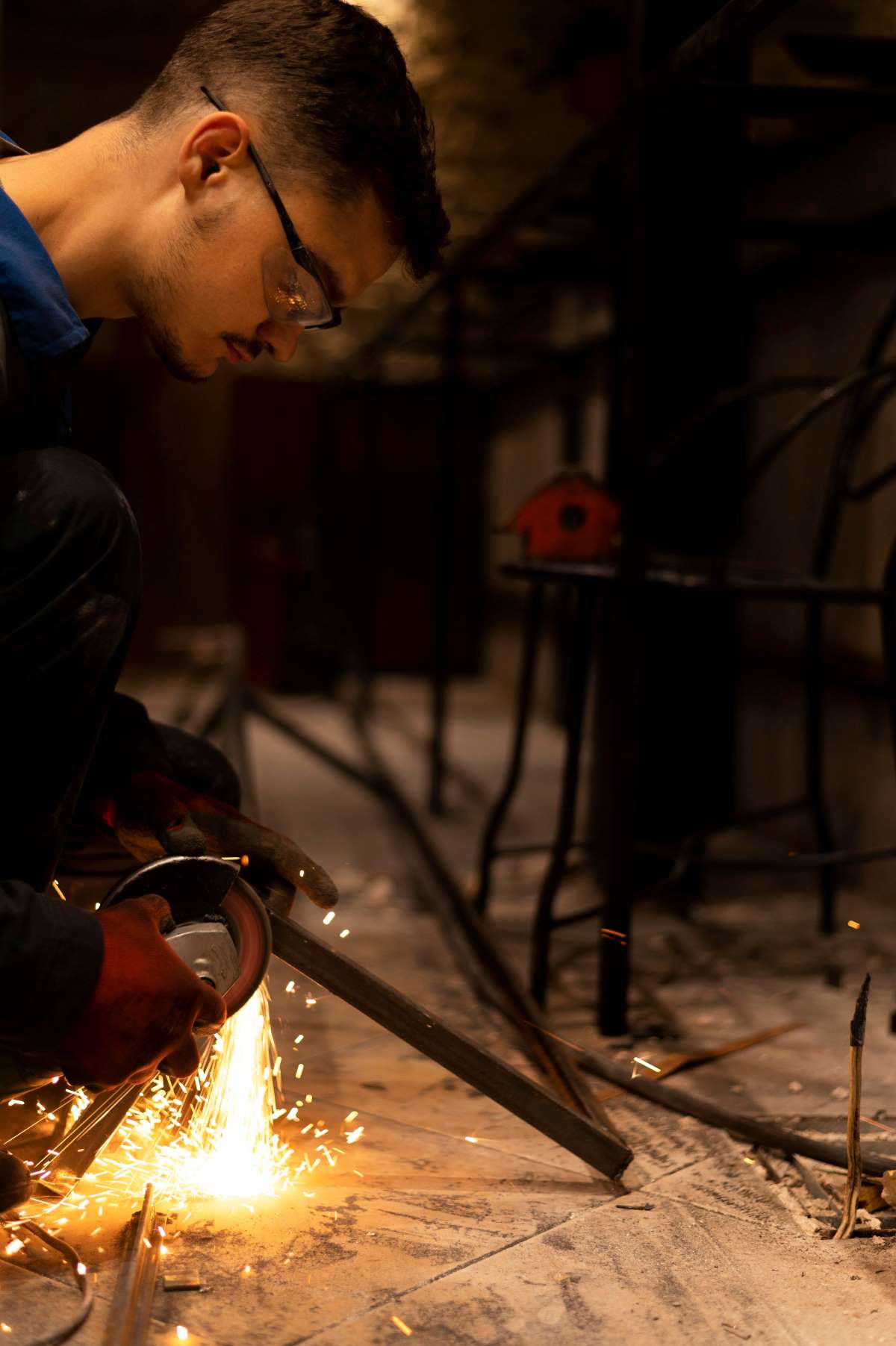Safety First in Welding Practices
In the world of welding, safety must come first. Whether you’re a seasoned professional in the industrial sector or a weekend warrior tinkering in your garage, ensuring your safety and those around you is essential. With an increasing number of individuals diving into welding as a hobby, particularly TIG welding, it’s critical to understand and implement best practices from the get-go. Welding techniques such as those championed by CK Worldwide highlight the importance of skill and safety precautions, underscoring the need for a safe working environment to prevent accidents.
What is TIG Welding?
Tungsten Inert Gas welding, or TIG welding for short, is highly regarded for its accuracy and adaptability. Using a tungsten electrode, this procedure creates strong, clear welds frequently found in various industries, including fine art and aerospace. Unlike other welding practices, TIG welding grants operators better control and a more refined output, all while minimizing splatter. However, this greater control comes with a heightened responsibility to adhere to stringent safety measures to ensure the quality of work and the operator’s well-being.
Setting Up a Safe Welding Environment
A meticulously arranged workspace is the backbone of a safe welding environment. Firstly, ensure your area is well-ventilated, as this will dramatically reduce the risk of inhaling toxic fumes—a common hazard in welding. According to workplace safety guidelines, removing all combustible and flammable materials is crucial to prevent fire incidents. Moreover, maintaining a high level of organization ensures that tools and materials are easily accessible, reducing the potential for accidents due to clutter. Fire extinguishers should be nearby, and personnel should be trained to respond in case of any emergency.
Equipment Maintenance for Safe and Efficient Welding
Regular maintenance of your welding equipment is pivotal, not only for safety but also for ensuring efficiency and longevity. Routine checks can preemptively identify your tools’ wear and tear or malfunction, avoiding disruptions and potential hazards. A well-maintained welding machine operates efficiently and produces higher-quality work. Regularly inspect electrodes and nozzles for cleanliness and replace them as necessary. Proper care and maintenance can significantly extend the life span of your equipment and help prevent unexpected breakdowns during critical welding tasks.
Harnessing Technology to Improve Welding Safety
Technological advancements have greatly benefited the welding industry, particularly in enhancing safety. Modern welding equipment frequently has advanced safety features like auto-darkening helmets, which automatically change the lens shade to shield your eyes depending on the intensity of the arc. These innovations have made significant leaps in both productivity and secure working conditions. Keeping up-to-date with updates on machinery and incorporating the latest tech can tremendously improve your welding outcomes. For instance, recent advancements in welding technology provide excellent examples of how embracing new tools and systems can enhance your safety measures while boosting efficiency.








